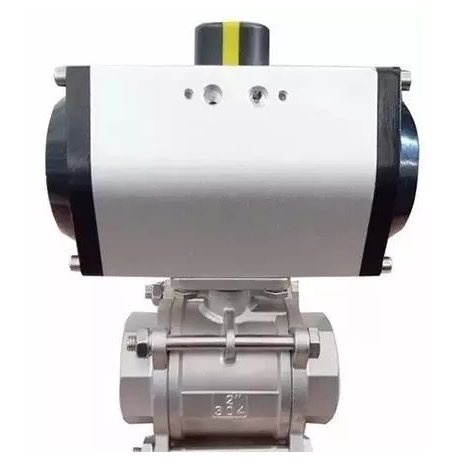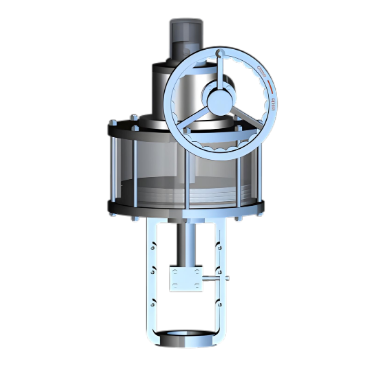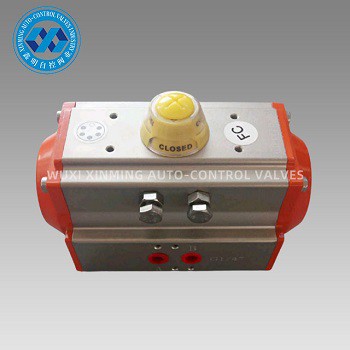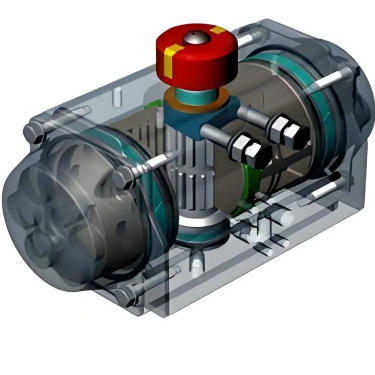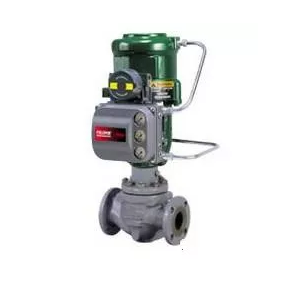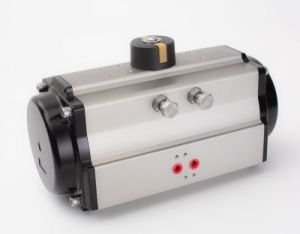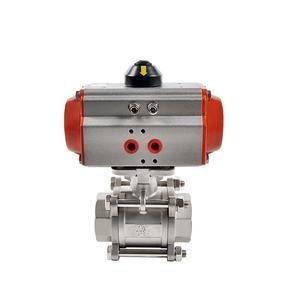Single - acting pneumatic actuators are
energy - efficient for several reasons:
Unidirectional air use: They use compressed
air to drive the piston in only one direction, typically the extending stroke.
The return stroke is powered by a spring or other passive mechanisms, such as
gravity. This means that air is consumed only during the working stroke,
reducing overall air consumption compared to double - acting actuators that
require air for both strokes.
Lower air pressure requirements: In many
applications, single - acting actuators can operate effectively at lower air
pressures. Since they don't need to generate force in both directions using air
pressure, they can be designed to function with relatively lower - pressure air
supplies. This allows for the use of smaller air compressors or reduces the
load on existing compressor systems, saving energy in air compression.
Simple design and reduced friction: Their
simple design, with fewer moving parts and a less complex mechanism, results in
lower frictional losses. Less energy is wasted in overcoming friction between
components, improving the overall energy efficiency of the actuator.
Additionally, the straightforward design often leads to better mechanical
efficiency, as there are fewer components that could potentially dissipate
energy through heat or other means.
If you want to learn more about low-priced products, please visit the following website: www.xm-valveactuator.com


